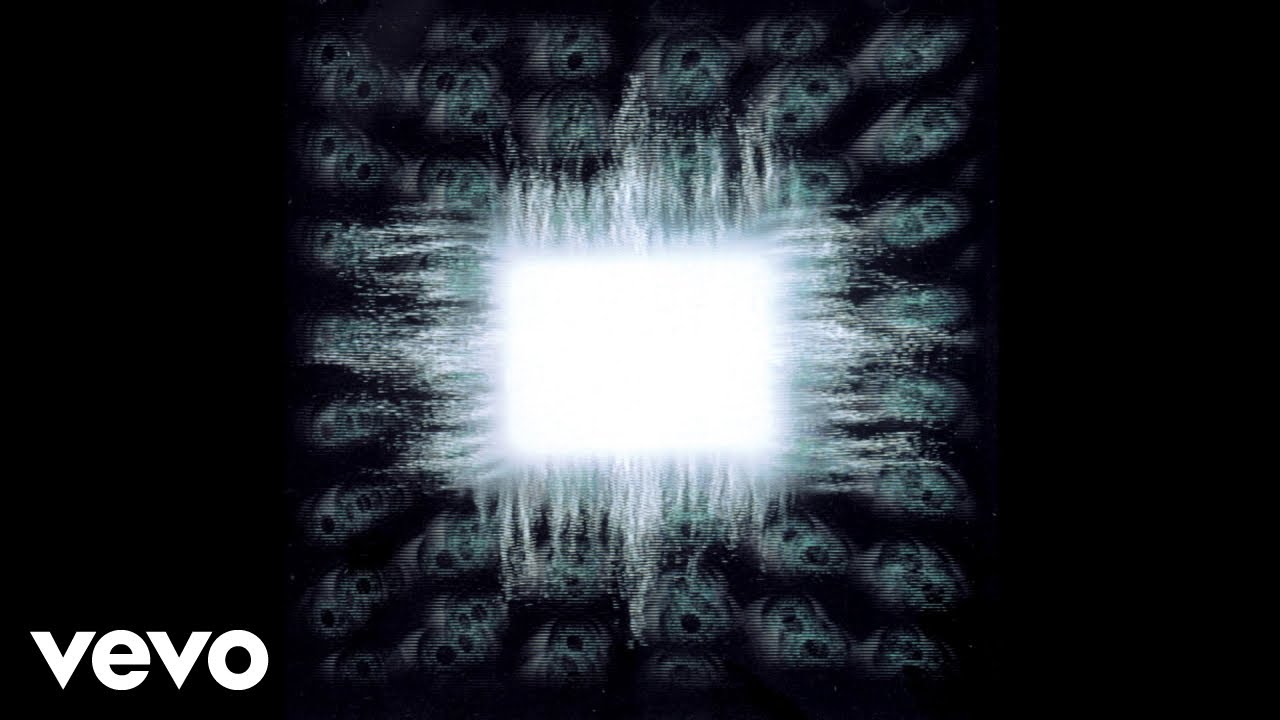Come on how is Tool in classic roc-…oh. oh god. oh no.
They said it would happen, but this is too soon.
God damn it, I am old.
fucking sick polyrhythm by danny carey.
Classic rock will always be music from the 60s and 70s to me.
There was a good article that I read which I’ll share and save you the click. I’m not saying this is the text book definition or anything, just sharing to explain how Classic Rock isn’t confined to a specific band or time period
==============================
What Is Classic Rock? The classic rock genre encompasses rock music made over three decades, from ‘60s psychedelia and ’70s album-oriented rock (AOR) to 1980s college rock, heavy metal, and 1990s grunge. Most classic rock songs are guitar-driven, and the genre has many guitar heroes—from Jimi Hendrix to Jeff Beck to Eddie Van Halen. Classic rock bands are also known for iconic lead singers, from Mick Jagger of the Rolling Stones to Robert Plant of Led Zeppelin to Axl Rose of Guns N’ Roses.
As the rock era unfolds, more artists are grouped into the classic rock radio format. While groups as disparate as Pink Floyd, the Jackson 5, Bonnie Raitt, and R.E.M. may have appeared on different radio stations in the past, today their songs can be heard on the same classic rock stations throughout the U.S.
A Brief History of Classic Rock As a genre, classic rock is fluid, and its inception point varies from one music history to another.
Early rock origins: Some trace the genre to 1950s rock ‘n’ roll from Elvis Presley, Little Richard, and Jerry Lee Lewis. Others believe the classic rock era begins with the arrival of the Beatles in the early 1960s, with other British bands like the Rolling Stones following close behind. Others trace its origins to the late 1960s, when many in the Baby Boomer generation were teenagers.
1970s heyday: In all accounts, the genre was well established by the 1970s. English groups like the Kinks, the Who, Pink Floyd, and Black Sabbath devised original music based on American blues and R&B. The United States had a prolific rock scene, from Boston (home of Aerosmith) to Los Angeles (home of Tom Petty, the Eagles, and the Doors). Songs of this era became longer and more ambitious, as progressive rock bands like Rush, Yes, and Genesis blended elements of jazz and classical music into rock ‘n’ roll.
Heavy sounds of the ’80s: In the 1980s hard rock groups like AC/DC, Metallica, Guns N’ Roses, and Def Leppard dominated the rock radio airwaves. Meanwhile, a genre known as college rock came pouring out of university towns throughout America, such as Athens Georgia (home of R.E.M. and the B-52s). Punk rock from cities like New York and Washington, DC, also gained popularity. While these styles would not have commingled on 1980s radio, they are increasingly grouped together on today’s classic rock platforms.
Classic rock era ends: The classic rock era ends in either the late 1980s or early 1990s. By this point, many classic rock giants of the 1970s were still going strong while other groups that were heavily inspired by 1970s music came of age. Groups from the ’90s such as Nirvana, Soundgarden, and Pearl Jam are increasingly heard on the same classic rock stations as KISS and the Beatles.
4 Characteristics of Classic Rock As more and more subgenres fall under the umbrella of classic rock, a few defining characteristics unify them.
-
Similar core instrumentation: Most classic rock is performed on guitar, bass, and drums, which back up a lead vocalist. Starting in the early 1980s, many classic rock groups added keyboards to their instrumental palette, particularly in subgenres like New Wave.
-
Overdriven guitars: The classic rock guitar sound almost always has some form of overdrive (such as on “Heartbreaker” by Led Zeppelin), distortion (such as on “Thunderstruck” by AC/DC), or fuzz (such as on “Satisfaction” by the Rolling Stones).
-
Personal lyrical content: Classic rock features an abundance of love songs and confessionals. Some classic rockers, particularly 1970s prog rockers, drew inspiration from books, films, and mythology. Other groups favor inspirational lyrics, like those of Queen’s “We Are the Champions.”
-
Subversive public image: Many classic rock bands pushed against societal norms. From the mop-topped Beatles to the leather-bound Billy Idol, classic rockers often styled their image to enthrall teenagers
Fair enough. Whenever I hear the term classic rock I always have had those decades in mind. Honestly I’d rather have the music of my youth referred to as classic rock than oldies. Then I’d feel really old.
I don’t post nearly enough of the older stuff but I’m a fan of Rock back to its Blues origins and while I’ve still got a dividing line between Rock and Roll vs The Blues, they’re intricately tied together.
The best thing about this community (in my opinion) is that we can all post our favorite songs here, as long as it’s rocking, and we can all enjoy and discuss them
-




